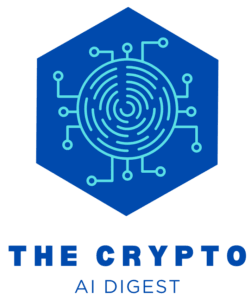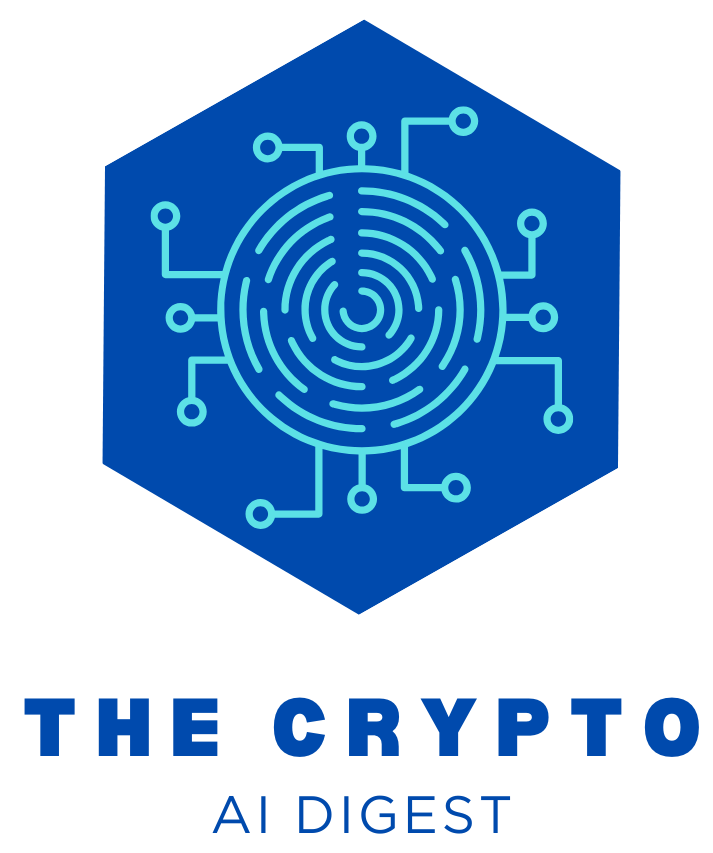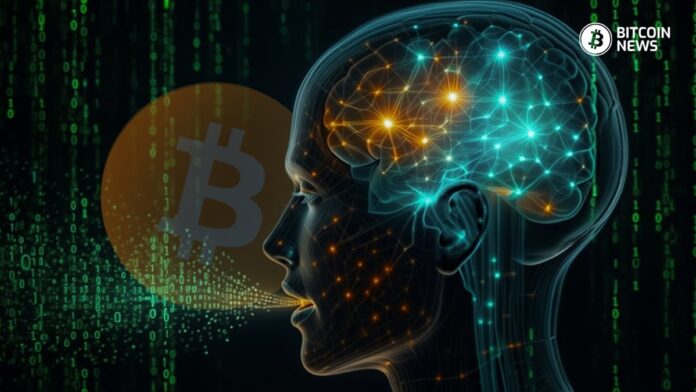This Steven Pinker interview hit like a tuning fork. His core idea is simple and explosive. We do not think in words. We think in structures. He calls the mind’s internal code Mentalese, a language of thought that exists before and beneath anything we speak.
Words are a translation layer. They are a way to push private structure across a noisy channel into someone else’s head. This lens reorders how you see everything from poetry to politics to protocols.
Pinker’s picture is crisp. Thought can be visual, auditory, tactile, or fully abstract. It is a mesh of propositions and relations. The signs in your mouth or on the page are a lossy export format.
You can feel the gap every time you say that is not what I meant, or every time you struggle to coin the term that fits the idea that is already formed. Translation is possible because meaning sits below English and Japanese and any other tongue.
That is why literature is hard to translate with its rhythm and cadence intact, yet translation is still possible at all. There is a shared substrate that both sentences point to. That substrate is Mentalese.
This view dissolves the old fear that language locks your mind in a cage. Babies understand objects before words. Deaf people, even the ones who don’t know formal sign language, can still reason about money and repair locks.
The vocabulary chase comes after insight. Experts mint jargon because they already carved the world into finer pieces. People invent labels when their models require it.
Teenagers generate “brainrot” slang at a pace that leaves even 28-year-olds like myself bewildered, not because youth suddenly think differently, but because their social world demands new exports for old concepts.
Language still matters. Sentences can stretch to infinity because finite grammar recurses forever. Subvocalizing acts like a scratchpad that extends working memory. But the scratchpad is not the mind. It steadies the plates while the real structure locks into place.
If you accept this, you start seeing two levels everywhere. There is the thing itself, and there is the talk about the thing. There is cognition, and there is communication.
There is settlement, and there is a promise that someone might settle later. That is the example to show how this idea bridges into Bitcoin.
Most of modern finance works like language rather than like thought. It lives in negotiated meanings, soft commitments, and third party interpretations. You wire funds, and a statement says available. Your bank says cleared. A card terminal says approved.
These are words that try to describe a state, but they are not the state. Layers of prose and policy try to stand in for finality. They are powerful and convenient, but they allow ambiguity and delay because human systems accept them.
The meanings drift in time and context. Ask five institutions what settled means and you will get five different answers shaped by compliance and legal departments.
Bitcoin flips the order. It takes the core settlement idea and describes it in a grammar that machines and humans can parse the same way. A signature spends a specific output. Nodes validate the spend against a shared rulebook.
Miners publish blocks that most nodes accept as the next line in history. Finality is not an affidavit. It is an event in a public state machine that anyone can recheck from first principles.
This is closer to Mentalese than to speech. It is structure first, words second. It is value encoded where ambiguity cannot get comfortable.
Think about cash. When you hand someone a twenty, there is no outstanding promise. There is no pending flag. There is no call center to interpret the transaction.
Settlement equals transfer. Bitcoin can deliver that property across distance and time with auditability that cash never had. It gives you the feel of cash with the memory of a ledger and the logic of a compiler. It is not a sentence about payment. It is the payment itself.
This is why the Whitepaper reads like engineering literature more than banking copy. The idea likely lived in Satoshi’s head as a structural model first. A way to bind timestamping, incentives, and validation, into a single game where no participant has to be trusted.
The Whitepaper is translation. The code is the canonical text. The running network is the living grammar. People debate words on forums. Nodes accept or reject state transitions without debate. Consensus is not a vibe. It is a parser with teeth.
The comparison sharpens once you bring persuasion and language back into the frame. Pinker notes that language does not constrain what we can think, but it does load our minds with content and it does steer social life.
Framing and metaphor are levers. Ideas are food, argument is war, time is money. If you control the framing, you can herd attention and tilt judgments.
This is why large language models, like chatGPT, are so powerful. LLMs are pattern machines that operate on public language. If they learn the metaphors and cadences that people already respond to, they can manufacture frames at scale.
They can flood the channel with phrasing that exploits our shared habits of interpretation. They will be very good at the surface of talk, which is where persuasion lives.
The antidote is not silence. The antidote is structure. Strong systems anchor meaning in verifiable state, not in slogans. Bitcoin does that for money. It reduces the room where words can smuggle in special pleading.
Either the signature fits the script, or it does not. Either the UTXO is unspent, or it is not. Either your block extends the chain most peers consider valid, or it does not.
This does not eliminate human judgment or culture. It contains them. It makes the contract between strangers smaller and sharper, which is exactly what you want at the heart of a value network.
Cognitive science adds one more layer that strengthens the analogy. Pinker’s mind is modular. Specialized parts compute on specialized representations. The power comes from compositional structure, not raw association.
Good thinking depends on the way symbols combine and preserve meaning as they nest. Bitcoin mirrors this. Its smallest unit of meaning is not a fiat paragraph. It is a spend condition that composes with other conditions.
From that seed you get multisig, time locks, and more expressive templates. Layers build on layers. Lightning rides on Bitcoin’s base grammar. Emerging covenant schemes define intent without asking a committee to bless it.
This is the same compositional spirit that makes language productive and that makes thought portable across media.
It helps to describe the whole picture in one steady breath. Mentalese holds the model. Language packages it for other minds. Human systems lean on language and are prone to delay and ambiguity.
Bitcoin encodes a core financial act in a grammar that converges without third party interpretation. Cash gave us finality in physical space (putting aside the fact the Fed can print an infinite amount of it).
Bitcoin gives us finality in shared digital space, with a memory palace attached. Banking today often feels like talking about payment. Bitcoin often feels like payment itself.
There is a warning folded into this hope. The more persuasive our language machines become, the more valuable it is to anchor our most sensitive interactions in systems that do not care about rhetoric.
You can weaponize framing. You cannot sweet talk a full node. You can win a debate on television. You cannot charm a signature into fitting a different key. That is not a bug. That is moral hygiene for a networked world.
Thought is structure. Speech is its export: a lossy conversion from internal representation to transmissible signal. The less distance between structure and world, the more real the thing becomes.
Bitcoin is not just a story about value. It is value, rendered executable.



